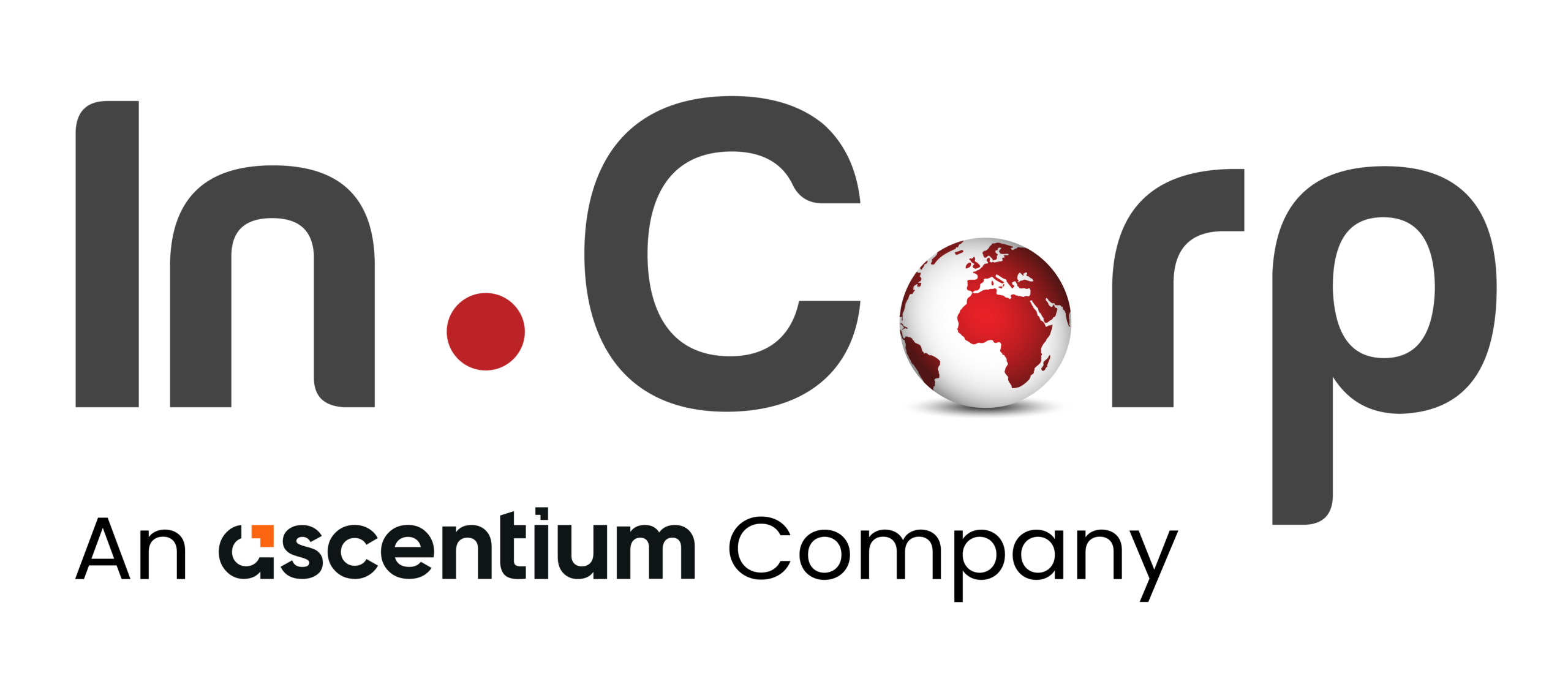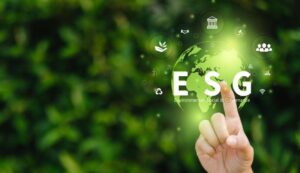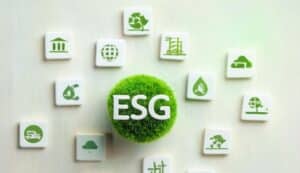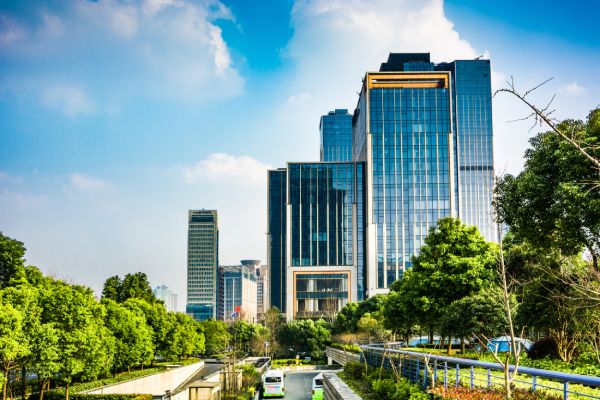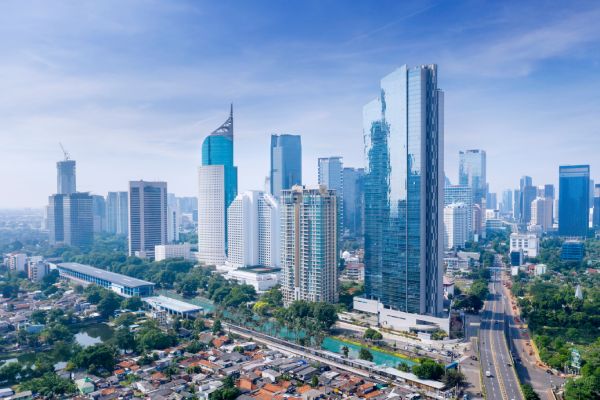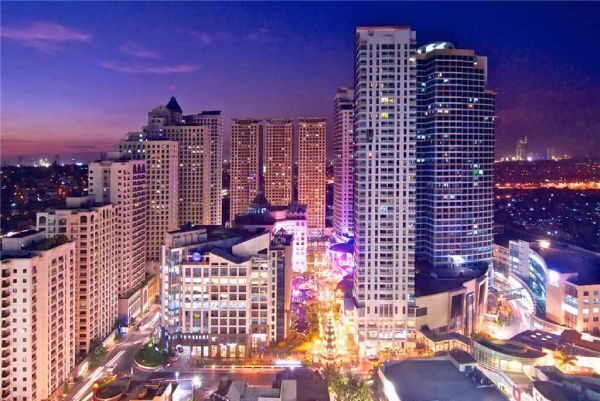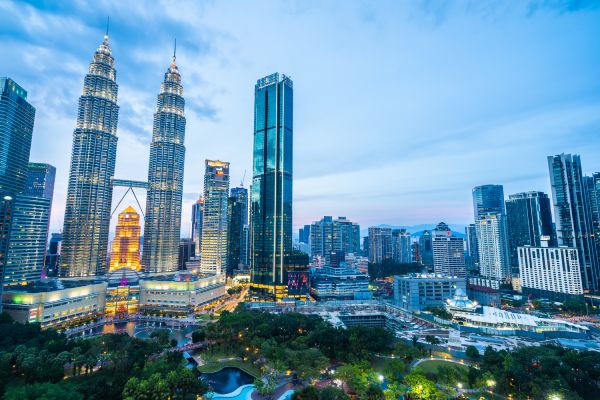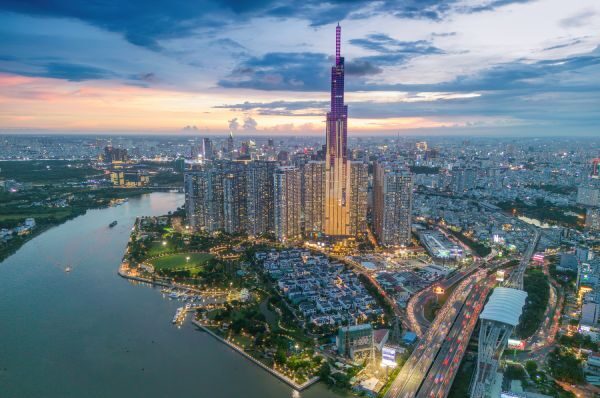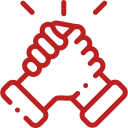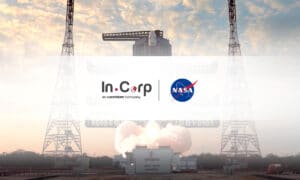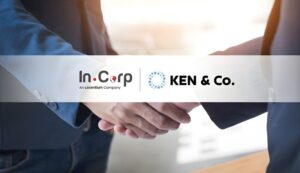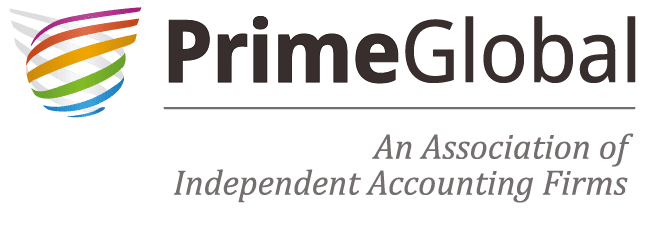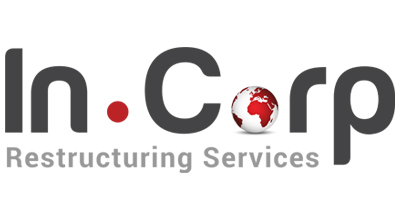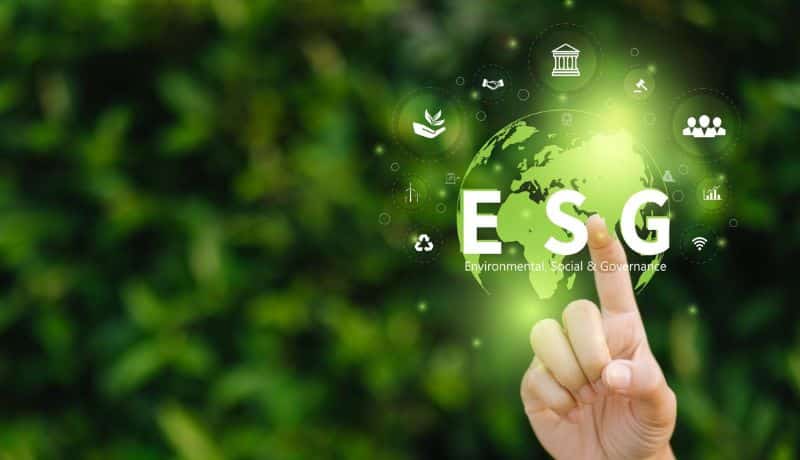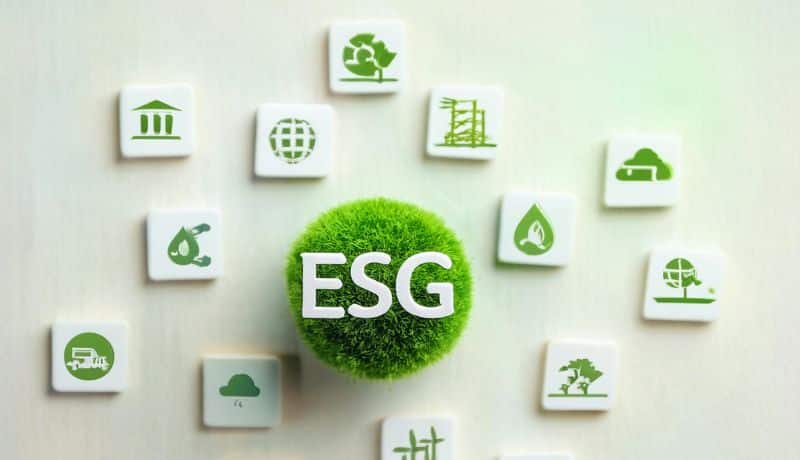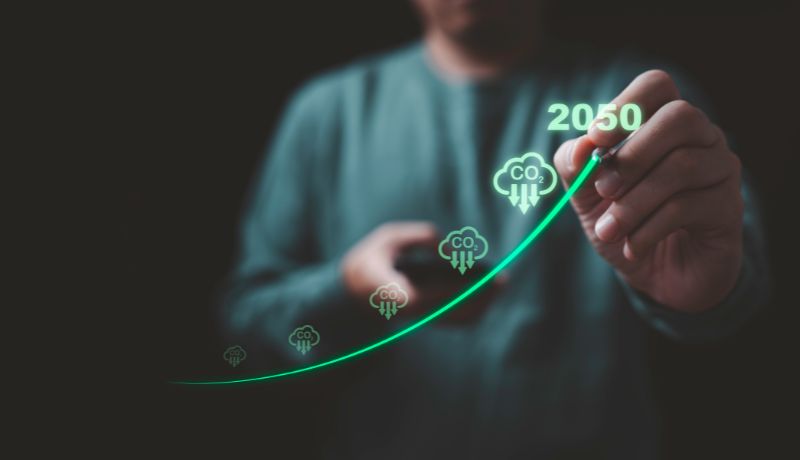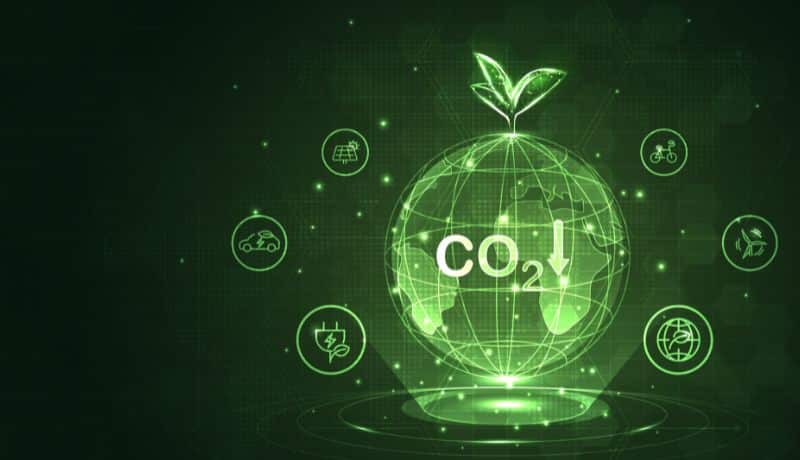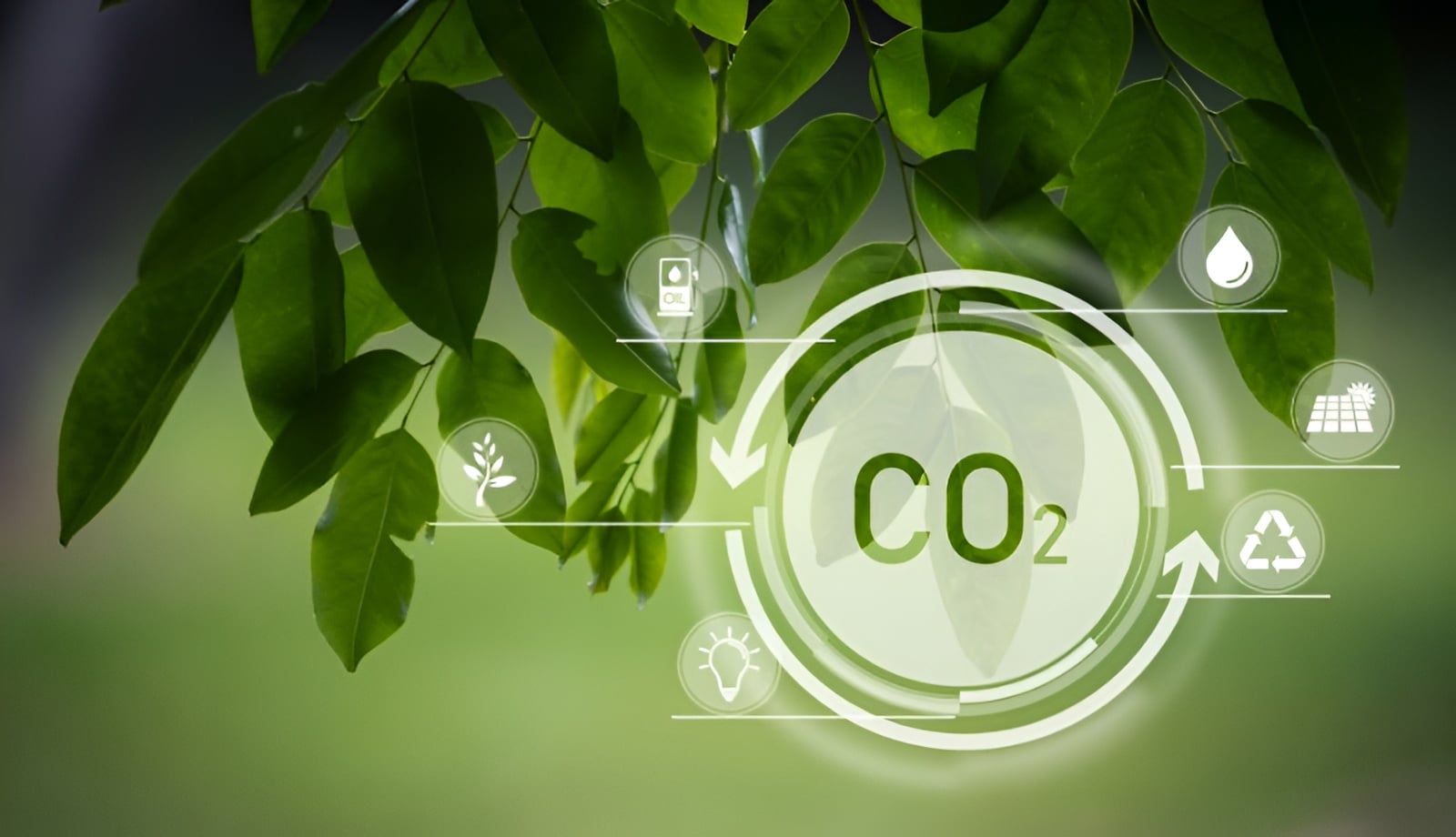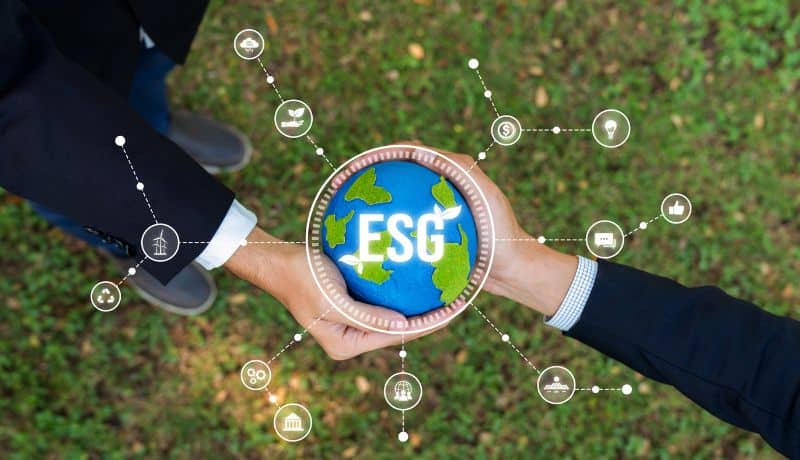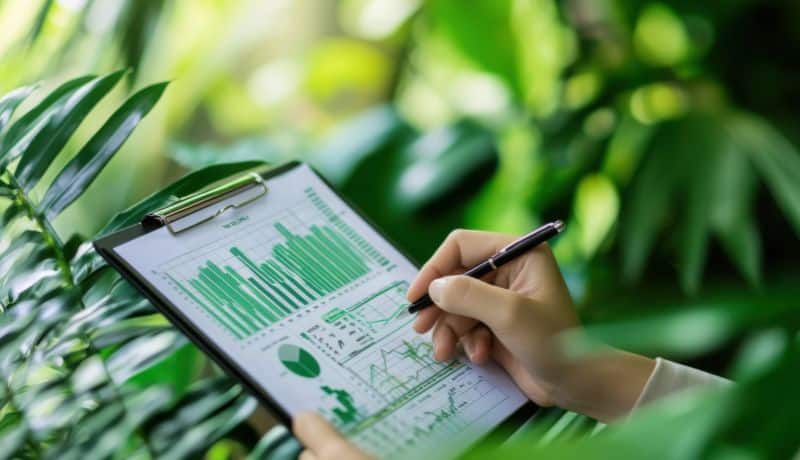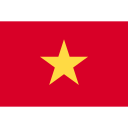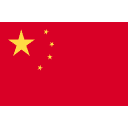- Home
- »
- ESG Advisory
- »
- Product Lifecycle Assessment
Product Lifecycle Assessment Services
InCorp is trusted by 150+ corporates across 20+ sectors for Carbon footprinting, Value Chain Emission (Scope 3), Product Carbon Footprint (PCF) and Life Cycle Assessment (LCA)
Enquiry Form

Certified
Professionals
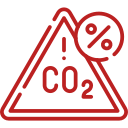
Carbon
Accounting
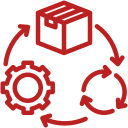
Product
LCA
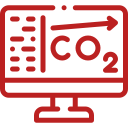
Calculated
CO₂e MT

Certified Professionals

Calculated
CO₂e MT

Carbon
Accounting

Product
LCA
InCorp has assisted 20+ companies in determining the Life Cycle Impact of products as per ISO 14044. Through comprehensive analysis and in-depth comparisons, we offer our clients actionable insights and data-driven recommendations.
InCorp offers end-to-end Product Life Cycle Assessment (LCA) consulting services following the highest standards of ISO 14040 and 14044. Our team of experts have successfully executed projects in sectors like textile, agriculture, construction, rubber, FMCG, and chemical. We have conducted LCA studies at various levels, including Gate to Gate, Cradle to Gate, and Cradle to Grave study. We also specialize in Product Carbon Footprint (PCF) assessments following ISO 14067, focusing on emissions and reduction strategies. Our reports offer detailed impact analysis across the value chain, with insights and comparisons to best industry practices.
Service Areas Within Product Lifecycle Assessment

Gate-to-Gate Life Cycle Assessment
We conduct Cradle-to-Gate Life Cycle Assessment (LCA) as per ISO 14044, analyzing the product's environmental impacts from the moment inputs enter the factory and the production process to the time, the outputs leave the factory.

Cradle-to-Gate Life Cycle Assessment
In a Cradle-to-Gate Life Cycle Assessment (LCA) following ISO 14044, we analyze the product's environmental impacts from the raw material (cradle) to the factory gate before the dispatch.

Cradle-to-Grave Life Cycle Assessment
Cradle-to-Grave Life Cycle Assessment (LCA) following ISO 14044, we analyze the product's complete environmental impacts from raw material (cradle) to the end-of-life of the product (grave), including recycling.
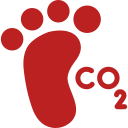
Product Carbon Footprint (PCF)
We measure total GHG emissions in CO₂ equivalents as per ISO 14067. Our experts measure the product's GHG emissions and analyze hot spots and reduction opportunities.
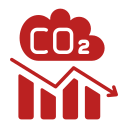
Comparative Life Cycle Assessment (CLCA)
Comparative LCA helps companies evaluate the environmental impact of two or more processes, products or systems. We follow ISO 14040 and ISO 14044 to identify the option with the lowest impact.

Assurance Support
Assurance of Life Cycle Assessment (LCA) involves independent verification, ensuring the study complies with ISO 14040 and 14044. Our assurance team helps provide credibility to the LCA study.
InCorp Insights
Bridging the Sustainability Skills Gap: Practical EcoVadis Guide for SMEs
The environment that surrounds sustainability for Small and Medium Enterprises has now changed significantly. What used…
Water-Risk Assessment: Importance and Benefits for Businesses
Water touches every aspect of development, and it links with nearly every Sustainable Development Goal. It…
IFRS S1 and S2: Scope, and Reporting Requirements – Indian and Global Perspective
Globally, sustainability reporting is being recognised as a fundamental business practice. Investors, regulators, and a broad…
CDP Reporting Made Effective: Timeline, Preparation and Internal Coordination
Across global supply chains and capital markets, CDP reporting, previously known as Carbon Disclosure Project, has…
CDP Reporting for Indian Industries: Understanding the Strategic Value
India’s economy is at a decisive crossroads. While it is one of the fastest growing economies…
CDP Reporting: Categories, Scores and their Impact
Environmental issues are no longer distant risks on the horizon. They are present, influencing markets, investor…
Strategic Compliance with EU Sustainability Laws and IFC Standards
Global ESG compliances are undergoing a drastic change, with the European Union (EU) at the forefront…
CBAM Regulations in 2025: Transitioning from Reporting to Real Carbon Cost
As global climate policy accelerates, the European Union’s Carbon Border Adjustment (CBAM) is moving from concept…
Sustainability Reporting: Evolution, Impact, and Future
In the past decade, sustainability reporting has changed across the globe from being voluntary requirement to…
LCA Adoption in India: Sectoral Insights and Impacts
India officially mandated the Business Responsibility and Sustainability Report (BRSR) in FY 2022–23. Since then, the…

FAQs
Life Cycle Assessment is a scientific process for assessing the environmental implications of a product, process, or service across its life cycle. Businesses use the tool to identify the areas within the company with high or low resource consumption and take necessary actions. This includes assessing the extraction of raw materials, manufacture, transportation, and disposal or recycling. If a company adopts an innovative approach, LCA highlights it, promoting sustainable initiatives crucial in shaping its future.
- Goal and Scope of Definition
The objective is finalized, which defines the application of the study and the audience to which it will cater. The project boundary is set, which outlines the process, inputs, and outputs included in the study. The company also decides the guidelines for LCA implementation. - Life Cycle Inventory (LCI)
At this stage, the inventory data is collected, right from the extraction of raw materials to the disposal of end-of-life materials. - Life Cycle Impact Assessment (LCIA)
Collected data is evaluated on factors such as climate change, greenhouse gases generated, ecosystem quality, resource depletion, etc. LCIA highlights the stages with the highest environmental footprint. - Interpretation
In this stage, the environmental impact and areas that require assistance or opportunity for progress are highlighted.
LCA helps quantify and measure the impact, thus highlighting areas for improvement. It showcases the results of implementing innovative approaches. Working on the results can help reduce the environmental footprint and establish brand recognition.
Yes, Life Cycle Assessment is applicable for service companies. LCA can help service companies identify areas of improvement to reduce their environmental footprint. For example, Bank of America conducted an LCA to compare its electronic and paper statements. This study helped the bank understand the potential to switch to electronic statements.
LCA considers environmental impacts across the entire life cycle of a product, process, or service. While other tools focus on specific aspects such as carbon footprint or water usage. LCA evaluates several factors like energy consumption, resource depletion, emissions, and waste generation, letting businesses make informed decisions.
Life Cycle Assessment helps companies to perform better in compliance and get good ratings. Rating frameworks such as S&P require companies to share the results of LCA conducted for better rating.
Life Cycle Assessment study requires detailed input and output data of a product or service. It also includes data from extraction of raw materials, transportation, use phase, and end of life. The quality and completeness of the data collected determine the reliability and accuracy of LCA results.
Yes, the Life Cycle Assessment (LCA), Product Carbon Footprint (PCF), and the Carbon Border Adjustment Mechanism (CBAM) are different. Where LCA assesses the comprehensive environmental impact of the complete value chain following ISO 14040 and 14044, PCF evaluates GHG emissions following ISO 14067. CBAM, an EU regulatory tool, covers only direct emissions from fuel and electricity used in the production process, and specific upstream supply chain emissions.
The time required to conduct LCA, PCF or CBAM depends on the complexity of the product value chain, the number of products to be covered, the number of factories to be covered, comparatives and boundary of the study, i.e. gate-to-gate, cradle-to-gate or cradle-to-grave.
Setting boundaries is crucial in all LCA and PCF studies. While parts of the study can be reused when the same product is manufactured at multiple factories, conditions often vary by location, including energy profiles, renewable resource usage, raw material sourcing distances, and customer distribution distances. Therefore, such a study must be conducted using a combination of both the manufacturing location and the product.
clientele
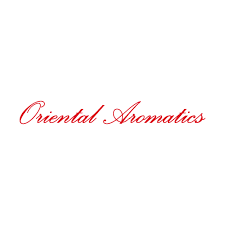
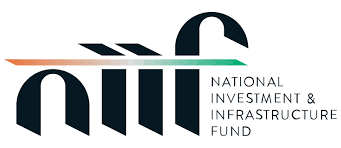

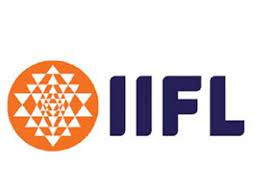
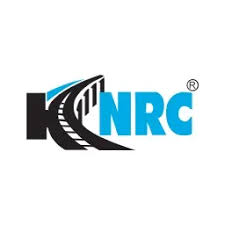


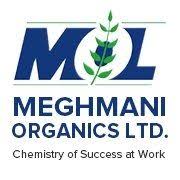


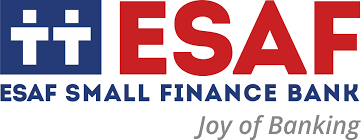


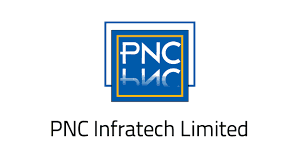

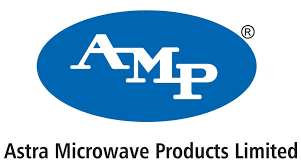

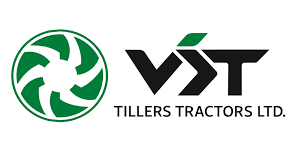
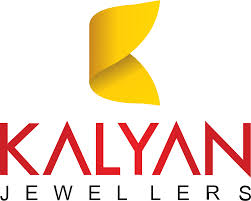
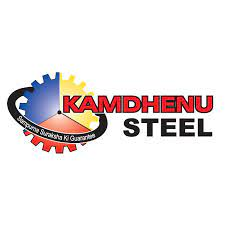
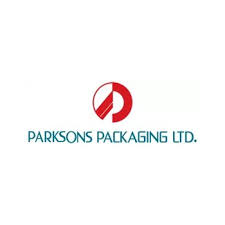
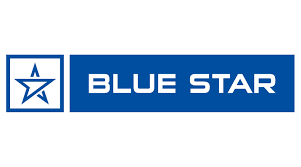
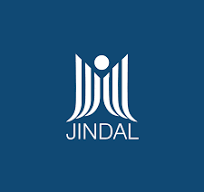
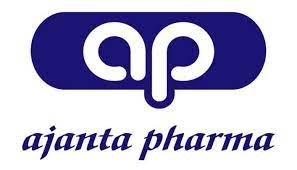
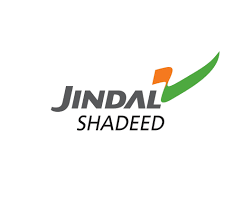

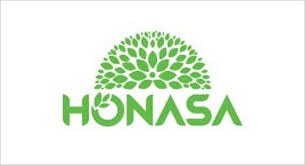

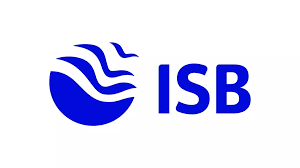
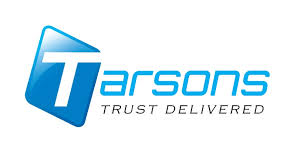
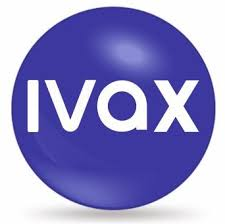
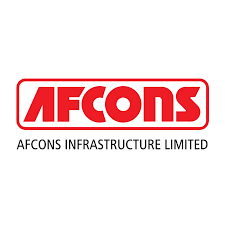

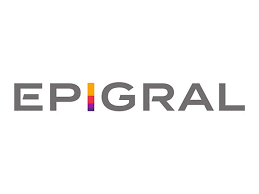

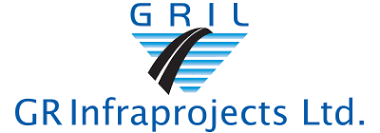
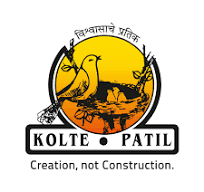
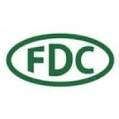
Expert Team

Dhaval Shah
Chief Growth Officer

Prakhar Gupta
Lead
Direct to Your Inbox!
Stay updated with our curated newsletter content designed for you
